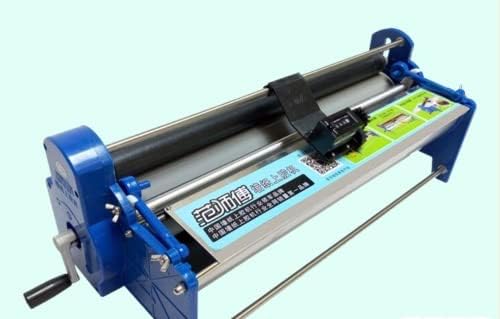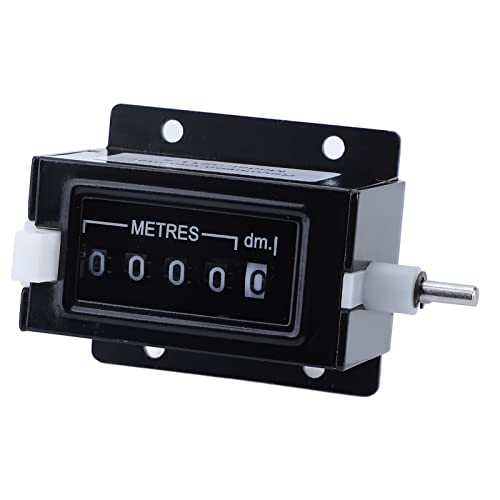Understanding Wall Paper Pasting Machines: An Overview of How They Work
The Basics of Wallpaper Pasting Machines
We begin by noting that wallpaper pasting machines are designed to streamline the application of paste onto wallpaper before it is adhered to a wall. These machines provide an even layer of paste, ensuring that your wallpaper sticks efficiently without creating bubbles or wrinkles. Most models consist of a feed mechanism where wallpaper is inserted, a paste application area, and a winding section that allows you to manage the length of wallpaper being pasted. When you operate the machine, the wallpaper is fed through the paste application section where a consistent layer of paste is applied, making it ready for installation.
How Do They Simplify Your Projects?
Using a wallpaper pasting machine simplifies the process significantly. Instead of manually applying paste with a brush or roller—which can be messy and uneven—these machines automate the task. Imagine rolling out a long length of wallpaper with perfect paste coverage, getting rid of the hassle and potential errors of manual application. This efficiency not only saves time, especially on larger projects, but also helps achieve a professional finish.
Key Features to Look for in a Wall Paper Pasting Machine
Ease of Use
When considering a wallpaper pasting machine, look for user-friendly controls. A model that allows for easy adjustment of paste application thickness will help you tailor the machine to different paper types, ensuring optimal results every time.
Speed Settings
Different projects may require varying speeds. We recommend choosing a pasting machine with adjustable speed settings, enabling you to paste delicate paper slowly or heavier papers more quickly as needed.
Pasting Width Options
Consider the maximum width of wallpaper that can be accommodated. Machines that can handle different widths provide versatility for various types of wallpaper, from large vinyl rolls to delicate fabric options.
Built-in Paste Reservoir
A model with a built-in paste reservoir holds enough paste for extended use, reducing downtime from constant refills. This feature can be invaluable when working on large wall coverings, keeping your projects running smoothly.
Choosing the Right Type of Pasting Machine for Your Projects
Electric vs. Manual Models
When deciding on the type of wallpaper pasting machine, consider whether an electric or manual model suits your needs. Electric machines are ideal for larger jobs where speed is essential, while manual options can be sufficient for smaller, less frequent tasks or if you prefer a more hands-on approach.
Portability Considerations
If you plan to use your machine in various locations, look for lightweight models with easy-carry features or compact designs. Portability ensures you can effortlessly transport it to different job sites.
Size and Storage
The overall size of the machine is crucial if space is a concern. Models that fold up or can be easily stored away without occupying much space in your workshop or garage can be particularly advantageous.
Tips for Efficient Use of Your Wall Paper Pasting Machine
Preparing Your Wallpaper
Before using the machine, ensure your wallpaper is correctly measured and cut to size. This preparation will significantly speed up the pasting process and minimise errors during application.
Adjusting the Paste Thickness
Take the time to adjust the paste thickness settings if applicable. This small step can make a remarkable difference in the application and final finish of the wallpaper.
Working in Sections
Break down larger wall areas into manageable sections while pasting. This tactic allows for better control and precision, ensuring that the wallpaper remains in good condition while you work.
Maintenance and Care for Longevity of Your Pasting Machine
Regular Cleaning
To keep your wallpaper pasting machine in top condition, it’s essential to clean it after each use. Residue from paste can accumulate and affect performance, so cloth wipes and warm soapy water can help remove any excess.
Checking for Wear and Tear
Make it a habit to inspect your machine for any signs of wear or damage regularly. This practice ensures that any issues are spotted early, helping you avoid unwanted downtimes during operations.
Storage Tips
Store the machine in a dry and clean environment to avoid damage. Keeping it in its original box or a protective cover can shield it from dust and maintain its longevity, allowing for many successful projects ahead.

















